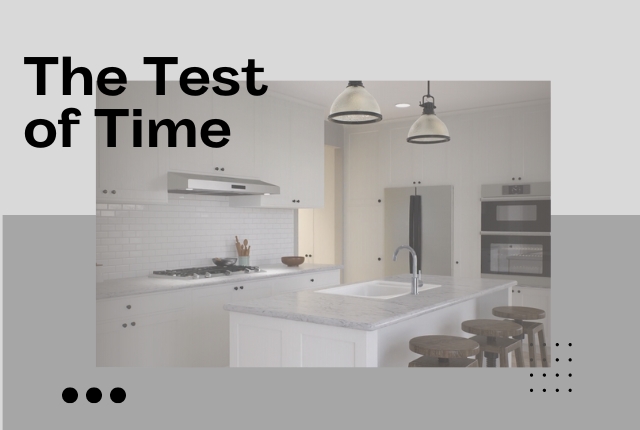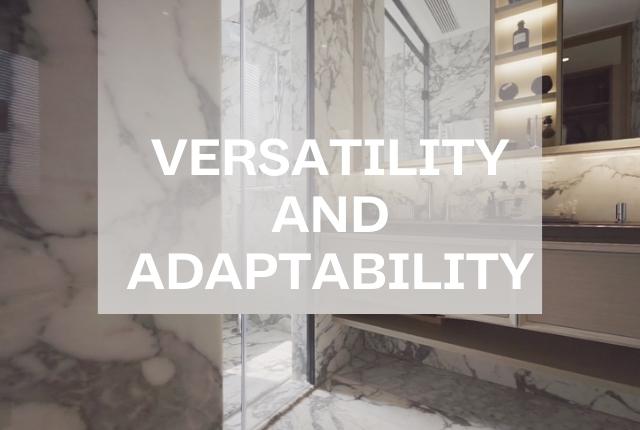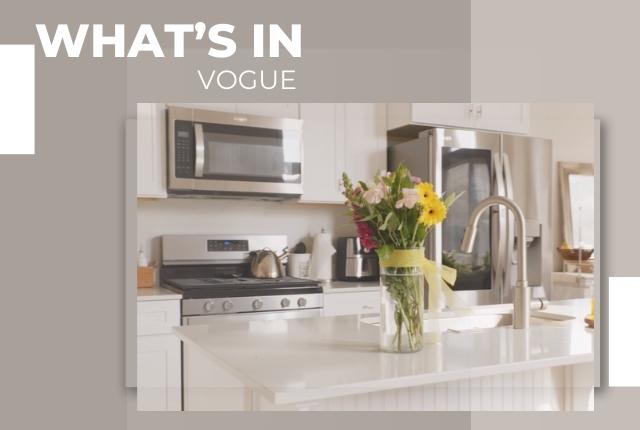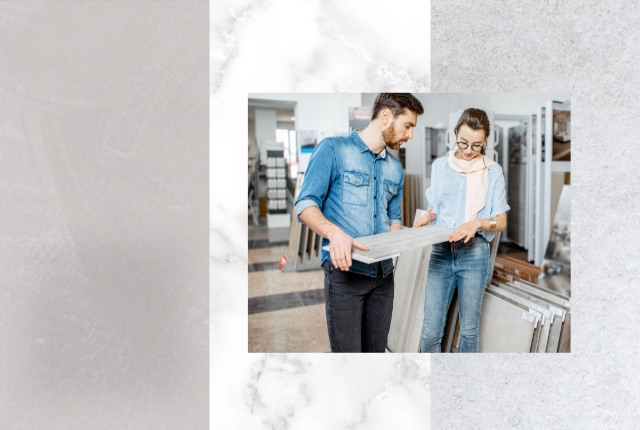It’s no secret that our homes are a reflection of who we are, and the materials we choose play a pivotal role in this projection. Whether it’s marble’s opulence or porcelain’s practicality, the timeless debate of Marble vs. Porcelain often leaves homeowners in a quandary. The conundrum stems from the allure of both materials, each offering a unique set of attributes. Today, we will delve into these nuances, comparing the two based on their aesthetics, durability, cost, and maintenance requirements, helping you make an informed decision for your home.
Aesthetics: The Visual Appeal

Marble: The Epitome of Luxury
Marble’s reputation as a symbol of luxury dates back to ancient times, with its extravagant presence in grand palaces and eminent buildings. Its charm lies in its elegant veins and swirls, which form as a result of mineral impurities. Each slab of marble is unique, providing an exclusive and personalized aesthetic that is virtually impossible to duplicate.
Porcelain: The Art of Versatility
Porcelain tiles are the chameleons of the decor world. With advancements in digital printing technology, porcelain can mimic a wide array of designs, from wood to stone and, yes, even marble. So, for those seeking marble’s luxe appeal on a budget, porcelain could be your ideal choice.
Durability: The Test of Time

Marble: The Delicate Beauty
While marble is undeniably a solid rock, it’s more susceptible to staining, scratching, and chipping compared to porcelain. Being porous, it readily absorbs liquids, making it a less ideal choice for kitchens, bathrooms, or other high-traffic areas.
Porcelain: The Power Performer
Porcelain tiles are made by pressing a mixture of clays, sand, and other minerals together under high heat and pressure. This process results in a dense and hard material that is extremely durable. With high breaking strength and impressive resistance to stains, scratches, and water, porcelain outperforms marble in the durability department.
Cost: The Value Proposition

Marble: The High-End Splurge
The price of marble can vary significantly, depending on the type and quality. However, it’s generally more expensive than porcelain, reflecting its status as a premium material. Additionally, installation and maintenance costs, like regular sealing, can add to the total expenditure.
Porcelain: The Budget-Friendly Option
Porcelain tiles are typically more affordable than marble, especially when you factor in lower installation and maintenance costs. However, keep in mind that highly decorative or imported varieties can still carry a hefty price tag.
Maintenance: The Care Factor

Marble: The Needy Companion
Marble requires regular maintenance to keep its luxurious appearance. It needs to be sealed at least once a year to prevent stains and damage. And even then, acidic substances (think lemon juice or vinegar) can etch the surface, causing dull spots.
Porcelain: The Low-Maintenance Friend
Porcelain tiles are incredibly easy to maintain. They require no sealing, are resistant to most household stains, and can be cleaned simply with a damp mop and mild detergent.
Environmental Impact: Green Considerations

Marble: The Natural Wonder
As a natural material, marble has a lower environmental impact in terms of production. However, the extraction process can significantly harm local ecosystems if not managed properly. Furthermore, marble’s long-term maintenance, particularly the frequent application of sealants and cleaners, can contribute to environmental harm.
Porcelain: The Manufactured Material
Porcelain production involves a high-temperature kiln firing process, which uses more energy and contributes to higher CO2 emissions compared to marble. However, many manufacturers are adopting greener practices, including energy-efficient kilns and recycling production waste.
Installation: Ease and Expertise
Marble: Requires Professional Expertise
The installation of marble tiles can be a complex process, requiring professional expertise. The tiles need to be properly sealed before and after installation, and care must be taken to match the veining between tiles, which calls for a skilled installer.
Porcelain: DIY-Friendly
Porcelain tiles are easier to install than marble and can be a DIY project for those inclined. There’s less worry about pre-sealing or matching patterns, making the process more straightforward.
Applications: Versatility and Adaptability

Marble: Not Just For Floors
While marble is a popular choice for flooring, its applications extend to kitchen countertops, bathroom vanity tops, and even wall accents. However, its susceptibility to staining and etching makes it less suitable for high-traffic or spill-prone areas.
Porcelain: A Jack of All Trades
Porcelain’s durability and water resistance make it suitable for a wide range of applications. Whether it’s flooring in high-traffic areas, bathroom walls, or outdoor patios, porcelain is up to the task.
The Trends: What’s In Vogue

To further support your decision, let’s consider current trends in interior design. Trends don’t just dictate what’s popular now but also what might add value to your home in the future.
Marble: Classic Elegance Reimagined
Marble has always been synonymous with timeless elegance. In recent years, designers have been experimenting with colored marbles like green, black, and pink, breaking away from traditional white and cream. Additionally, the trend of using large marble slabs, especially in kitchens and bathrooms, creates seamless, stunning spaces. Marble’s natural cool temperature also makes it a popular choice for baking stations in kitchens.
Porcelain: Technology Meets Tradition
The advent of digital printing technology has sparked a revolution in porcelain designs. The trend of porcelain tiles that mimic natural materials like wood, stone, and even fabric is gaining popularity. The ability to have the aesthetic appeal of these materials with the added durability of porcelain is a winning combination. Furthermore, larger format porcelain tiles are becoming increasingly popular for a seamless, modern look.
Exploring The World of Finishes

Last but not least, let’s look at the variety of finishes available for both marble and porcelain, another important aspect affecting their appearance and suitability.
Marble: A Finish For Every Taste
Marble can be finished in several ways, each providing a distinct look and feel. Polished marble is shiny and reflective, enhancing the stone’s veining and giving a luxurious feel. However, it’s more prone to scratches and etching. Honed marble, on the other hand, has a matte finish that’s more resistant to these issues, providing a more casual, contemporary look.
Porcelain: The Art of Illusion
Porcelain finishes range from glossy to matte and even textured finishes that replicate the feel of other materials. For instance, wood-look porcelain tiles can have a textured finish, imitating the grain of natural wood. This makes porcelain even more versatile, not just mimicking the look but also the feel of various natural materials.
The Verdict
When choosing between marble and porcelain, it’s essential to consider functionality alongside aesthetics. If you’re seeking a high-end, unique look and are ready for some maintenance, marble’s beauty could well be worth the extra cost. But if practicality, durability, and cost-effectiveness top your priority list, porcelain would make an excellent choice.
Ultimately, both marble and porcelain have their places in home decor, and the best choice depends on your personal taste, budget, and lifestyle needs. Here’s hoping this exploration helps you make your decision with confidence and ease!

